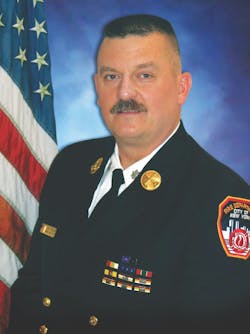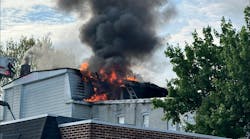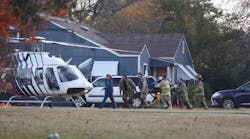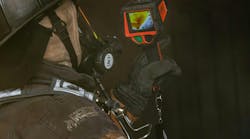I hear it all of the time: “Good job. The fire went out, and nobody got hurt.” Well, we all must admit, yes, we do want the fire to go out and, yes, again, nobody hurt is a great result, too. However, is that all that there is? Are those the only two items that we measure to evaluate a good job or a success?
Seven evaluation points
Let’s say that we respond to a building fire at 3 a.m. in the downtown section of a city. The fire is in a two-story building that contains commercial retail stores on the first floor and residential apartments on the second floor. The building has a flat roof and no basement. The location of the fire is unknown but appears to be in one of the stores. After three hours, the fire is declared under control. No firefighters were injured. Units depart. Is that it? Obviously, not. Numerous individual tactics and operations must have been completed rapidly and correctly to evaluate the operation.
- Primary attack hoseline must be stretched and operated correctly and aggressively. Was the diameter of the hoseline that was stretched correct? Was an adequate number of lengths pulled? Was the nozzle team wearing proper and complete PPE, SCBA, etc.? Did the officer display confident, aggressive leadership skills?
- Adequate water supply must be established using hydrants, if available, or other water-delivery operations. Did the first engine lay in a supply line or call for one to be laid by the second engine? Did the first engine use its on-board water supply judiciously until being supplied adequately?
- Search operations must be conducted to locate the fire, to check for extension, and to locate and remove occupants from residential areas of the mixed occupancy. Did the incident commander (IC) order searches to be conducted by members early in the operation? Were search teams dispatched to the second floor of the building for the search for life? Were victims located and removed early enough to save their life?
- Horizontal and vertical ventilation must be conducted at the proper locations and at the proper moment to support fire attack and search operations. Was horizontal ventilation of the fire area and the areas that were above it conducted? Was roof ventilation conducted early enough to discover and prevent extension to the cockloft/attic area?
- Additional alarms or additional companies must be requested for relief and expanding operations. Did the IC delay calling for additional alarms or units until the fire extension became dramatic and difficult to contain? Was a staging area with units that were on scene ready for immediate deployment established?
- Command personnel of higher rank and experience must respond and assume command as the incident expands, relieving and assisting the first-level chief officer who initiated operations with the first-alarm units. Did the first-arriving chief officer remain in command for the entire operation, or was that person relieved and assisted by a superior officer early in the operation?
- EMS operations must be established at the incident in anticipation of firefighters who are injured or civilian occupants who are rescued from the building. Were EMS resources dispatched early and automatically for a working fire, and did they remain until fire units departed the scene? Was a rehab site established early and maintained throughout the entire operation?
Post-fire scrutiny
The seven items that are noted above are required for every first-alarm working fire and many other types of emergencies that we operate at. Further, the items aren’t all-encompassing. Any number of the listed items might or might not have been handled properly. The value of post-fire critiques and discussions can’t be overstated. The end of fire operations and the confirmation of no injuries aren’t the be-all and end-all when it comes to managing operational success.






